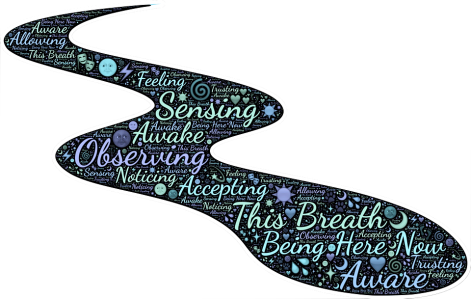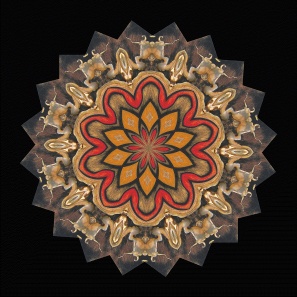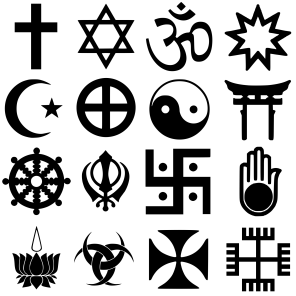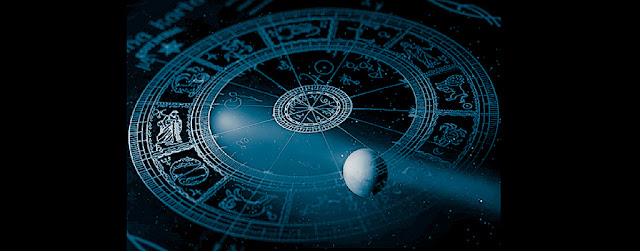Our Mind and Yog Nidra
Yog Nidra is also termed as conscious sleep. This is a stage between sleep and wakefulness. Without losing the awareness we visualize and this is an important technique in Yog Nidra to unlock the contents stored in our unconscious mind. A person who is not enlightened would dream regularly. Such people dream even when they are awake. Dreams begin when we detach ourselves from awareness and our sensory organs start relaxing. In a usual state of dreaming the expression of dreams, content is linked to the spontaneous build-up and release of tensions from subconscious as well as expression of unconscious dispositions.

Dreams can be recognized and can be used to gain knowledge and for this, a good communication between the dream and awakening states must be developed and to be maintained. The subconscious and unconscious contents of the mind will awaken, and integrate into consciousness. It is also called the drawing your creative imagination which is quite different from the process of daydreaming and sleeping.
Guided session in Yog Nidra is a method to use symbols, images as a catalyst to provoke and stimulate the unconscious part of our mind. Whatever we experience through our senses and thoughts leaves a mark on our mind. It is such a strong practice that can show a person the experiences of his past life, early childhood, stored in our unconscious part of the mind, that we may have forgotten or do not remember. This also indicates that now the unconscious part of our mind is beginning to manifest. To further get clarity on this we must know what is stored in our mind or Samskara. The massive amount of information is stored in our unconscious mind and is symbolic in nature. These symbols represent the implications of the information. According to our Samskaras, social and religious training, our action and reaction, and various symbols of life form the contents stored in our unconscious mind. We do not access this part as our awareness is not at all tuned to signs and symbols of such information.


While performing Yog Nidra one must carefully select the images and symbols required. The symbols used are of two categories. First are the inured symbols associated with our daily lives experienced in social, cultural and religious conditions. And then there are universal symbols such as mantras, yantras and mandala, which form part of the consciousness of a person. Such symbols invoke are used to invoke the deep responses.
To experience Yog Nidra, retreat with Nirvana The Moksha. Visit www.nirvanathemoksha.com


Comments
Post a Comment